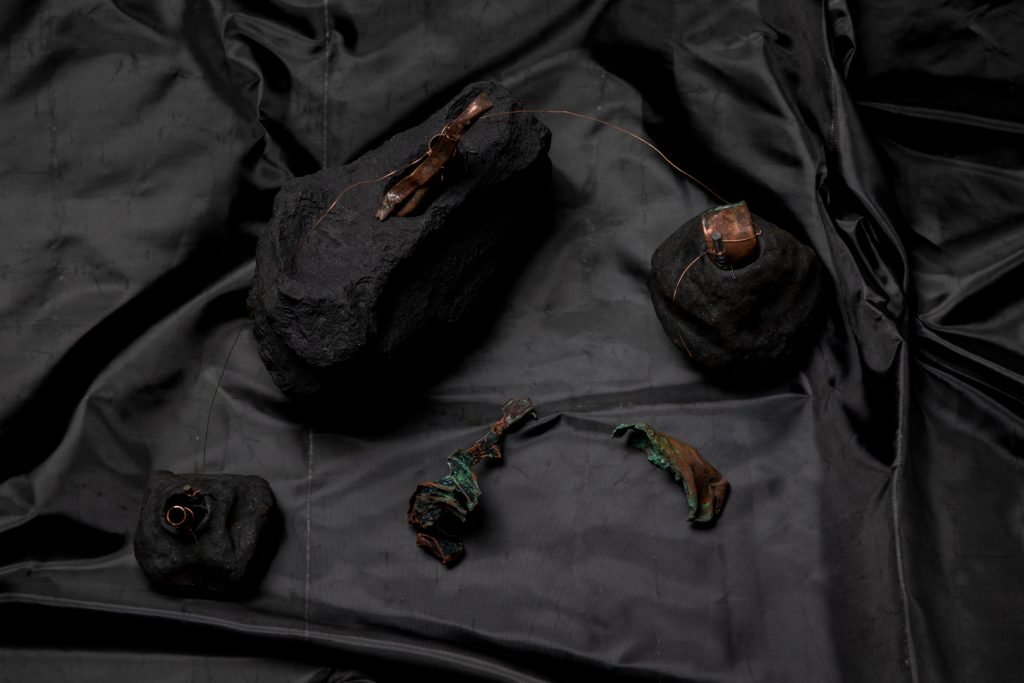

Rocks in Vogue
How aware are we of the geological physicality of our electronic devices?
This inquiry is a critical exploration of what exists behind the slick and smooth surfaces of our devices. Even though we are aware to a certain extent that there are actual rocks and sands that make devices work, the process of extracting and making is hidden in the generic global factory. We only know that we want our devices to be thinner and the battery to last more and more. The reality of the so-called green technology and electronics is that they continue to fuel the mechanism of extraction, both of the land and of human bodies.
Imagining humans as the intersection of craftsmen and designers, the series of ceramic batteries use an ancient technology of metals immersed in vinegar in order to charge electronic devices. The battery process and exhaustion are finally revealed, presenting an alternative story of slow-power, energy creation, and burn-out.
Electronic devices are the fastest-growing waste group.
A UN report from 2019 outlines the current state of things regarding recycling practices and future trends: only 20% of e-waste is correctly recycled, with 80% of products ending up in landfills or being illegally exported to other countries as second-hand. E-waste in landfills, or informally recycled in developing countries, represents a huge risk for people’s health and for soil and water contamination.
To collect metals for the batteries, I collaborated with Ragn-Sells, a recycling company operating in Stockholm. Copper, Iron, and Nichel have been central in my exploration.




Process








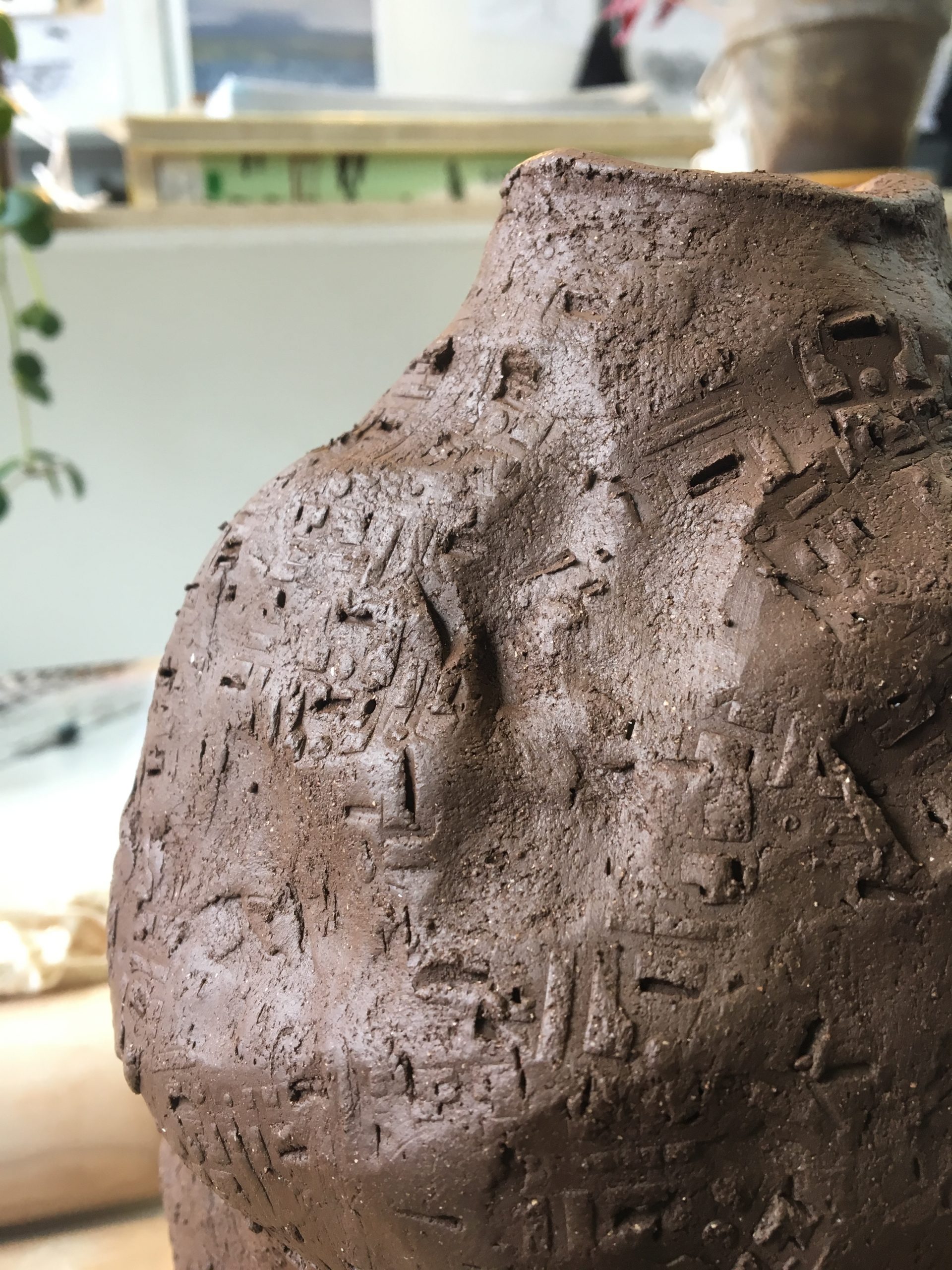



texture made through electronic components found inside a MacBook Pro
The batteries
During the form-giving phase, I wanted to embody in my objects the alchemy of energy creation and notions of the value of a long-lasting object. That is why I choose the rock texture and I used black clay, fired at high temperature with no glazing. In this imagery, the vessel, one of the first objects crafted by humans, is something to pass on to my progeny. In antithesis to electronic devices, programmed to last a couple of years and be discarded as the valueless carcass of matter.
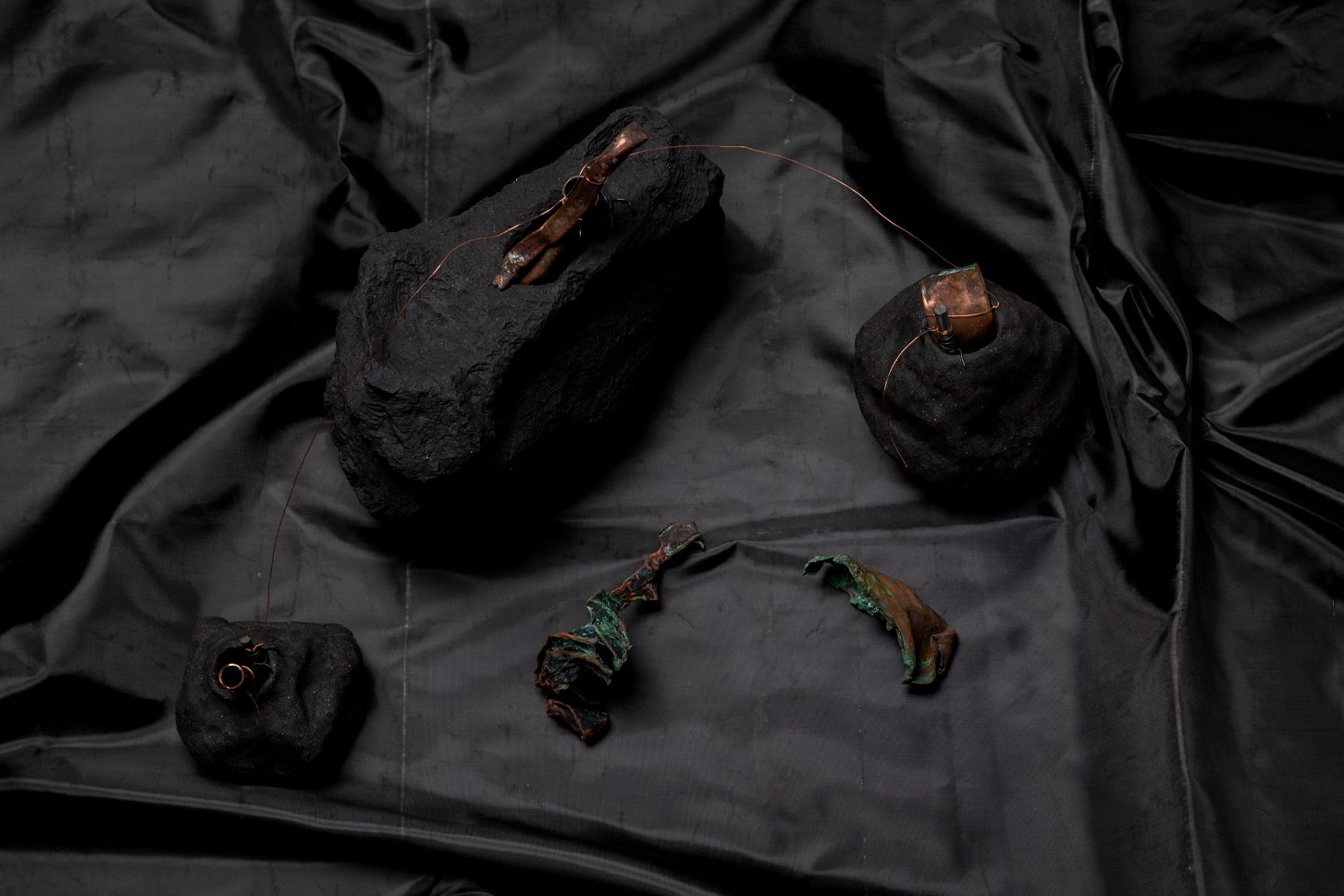



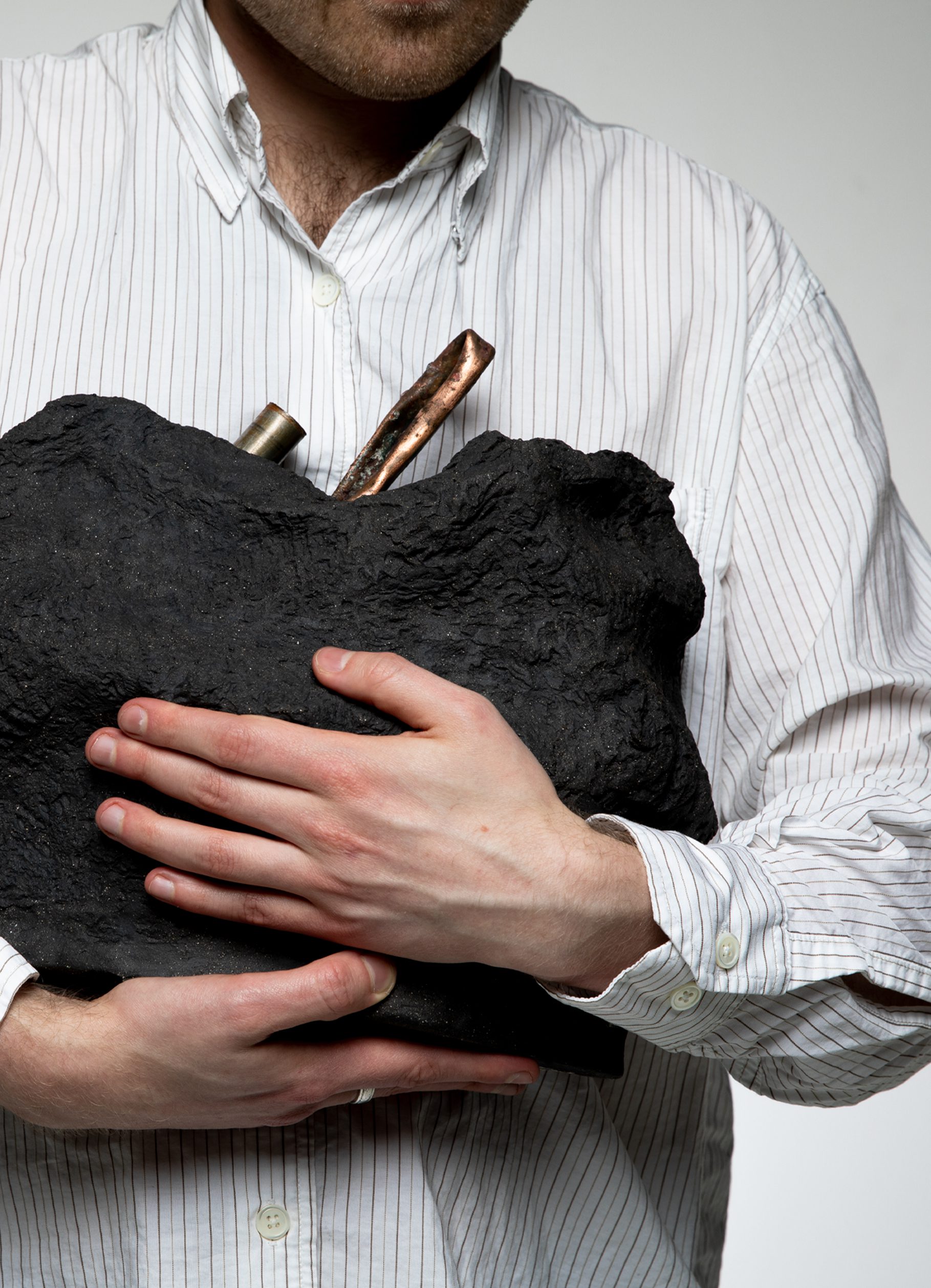



Exhibition
The room painted black, exhibited a short film about extraction and a podium, treated like an archeological museum of the future. On the podium, the electronic devices are disassembled and the components are labeled for what they are – materials with a value of their own.
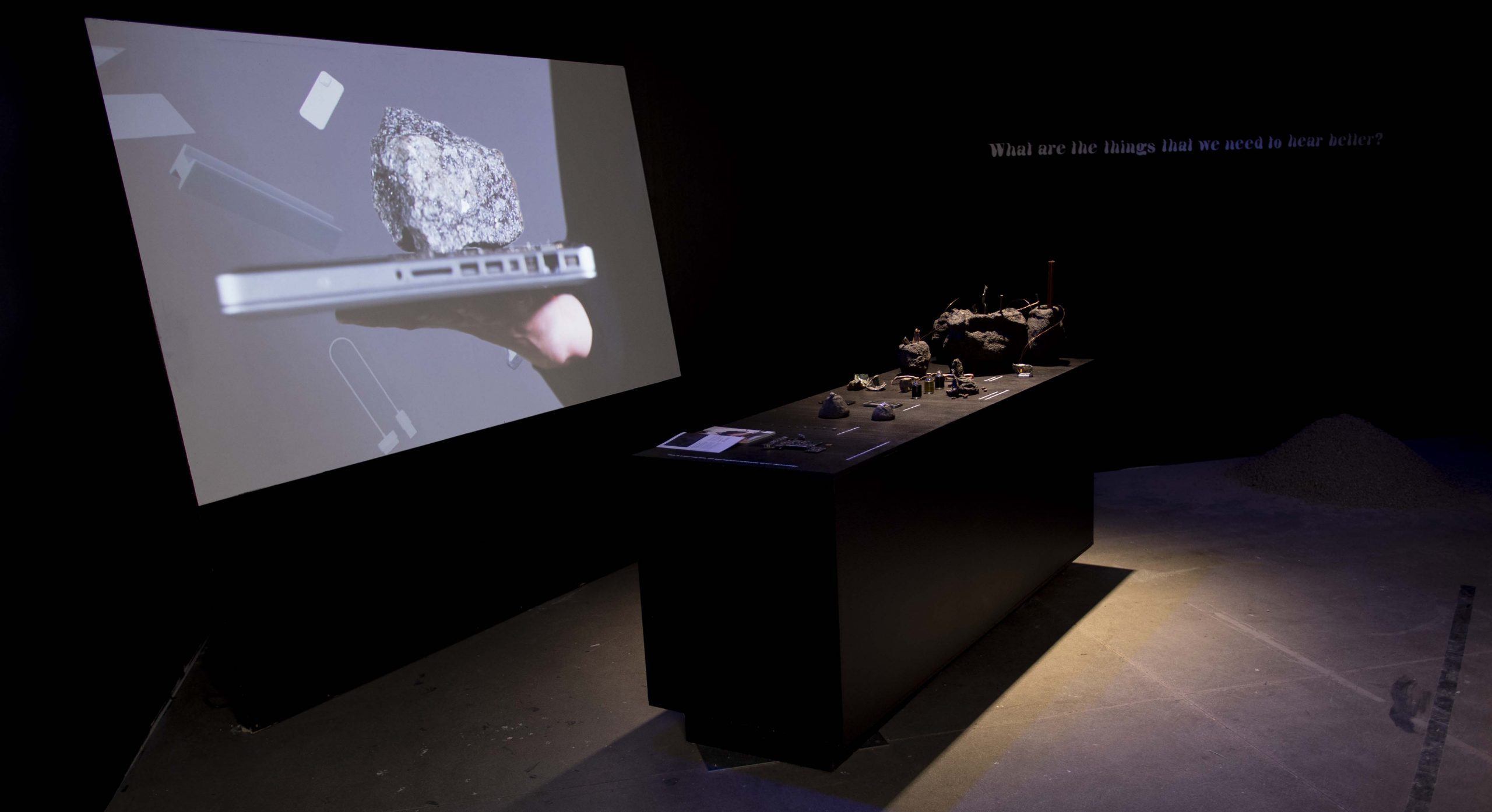



Konstfack Degree Exhibition, S4 room, May 2021




Published in Furniture & Object


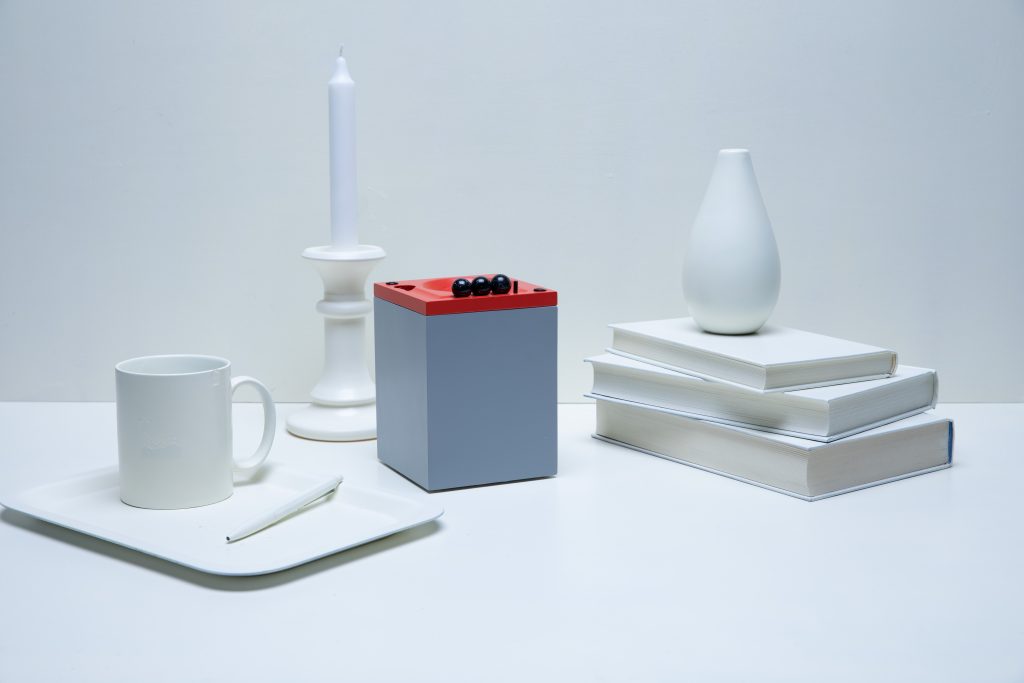

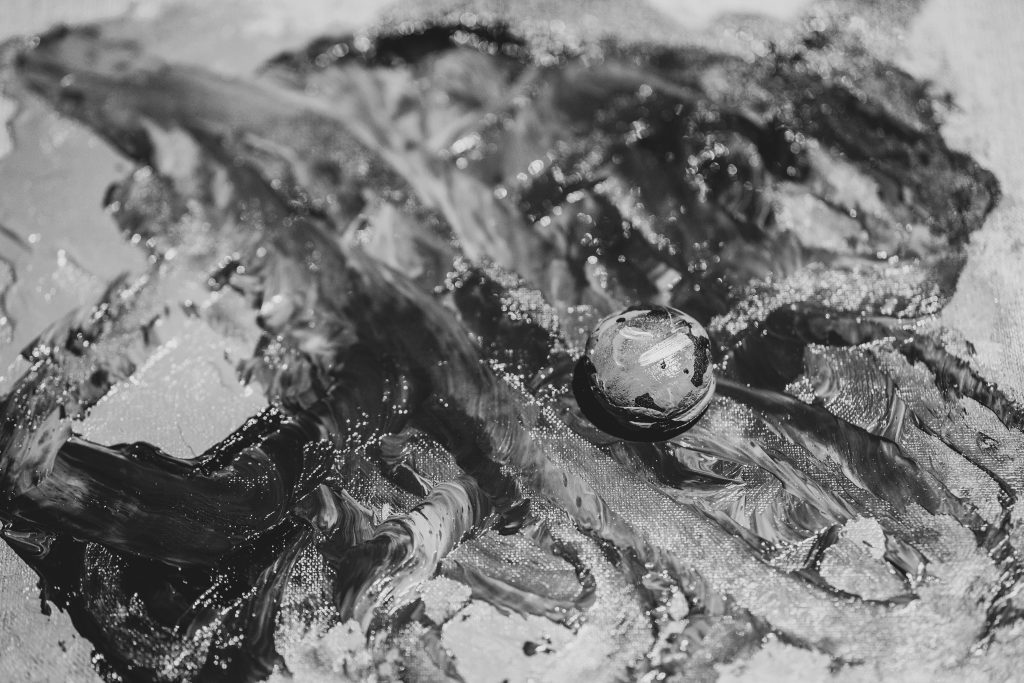
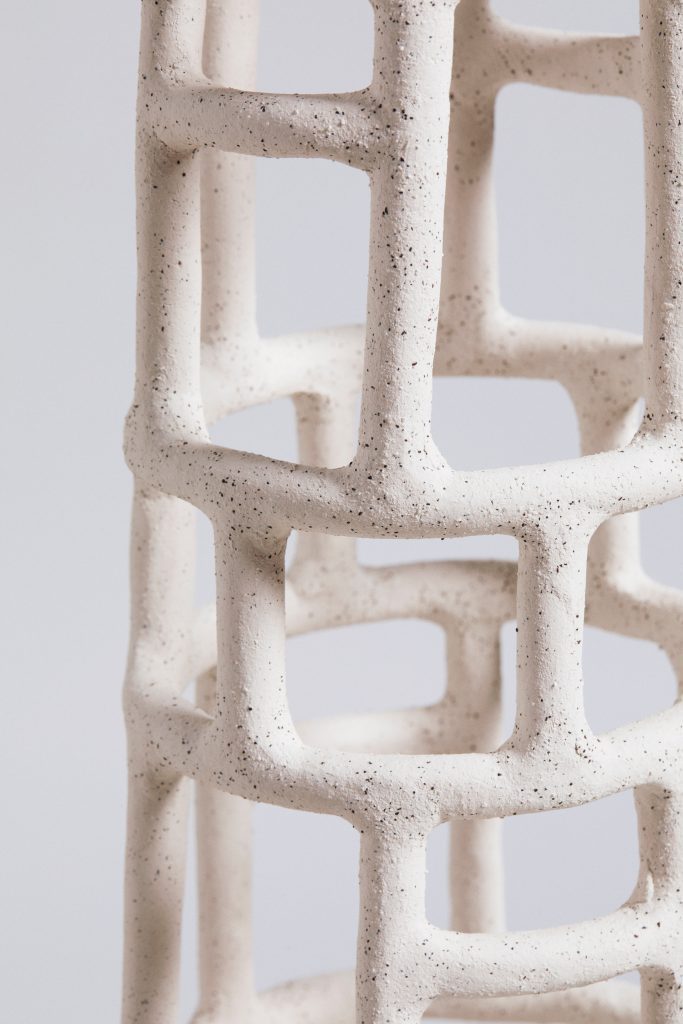
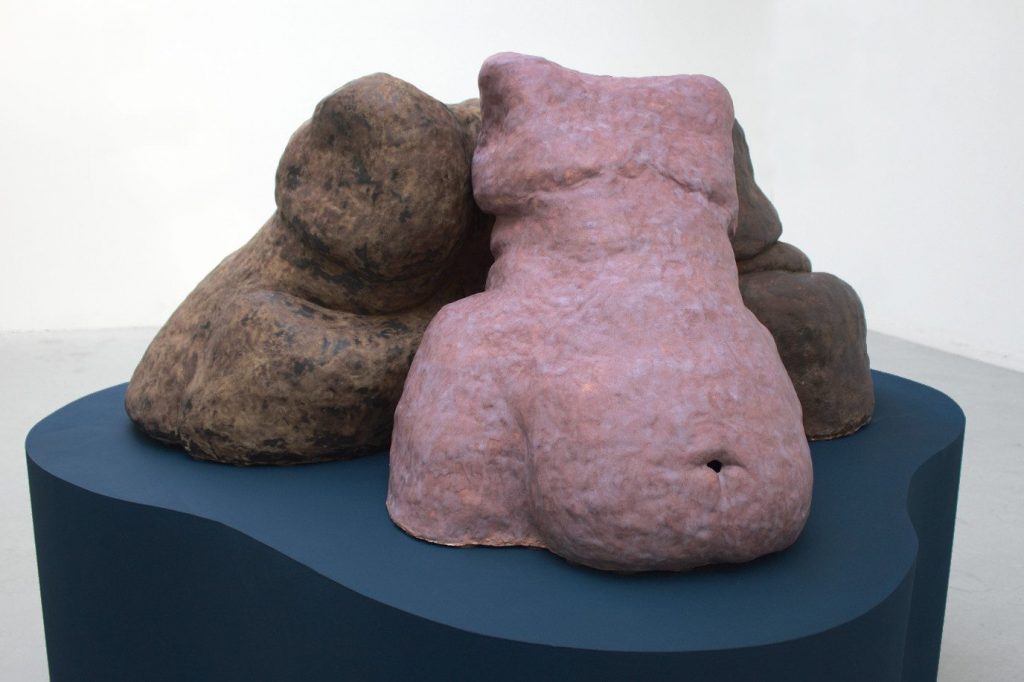
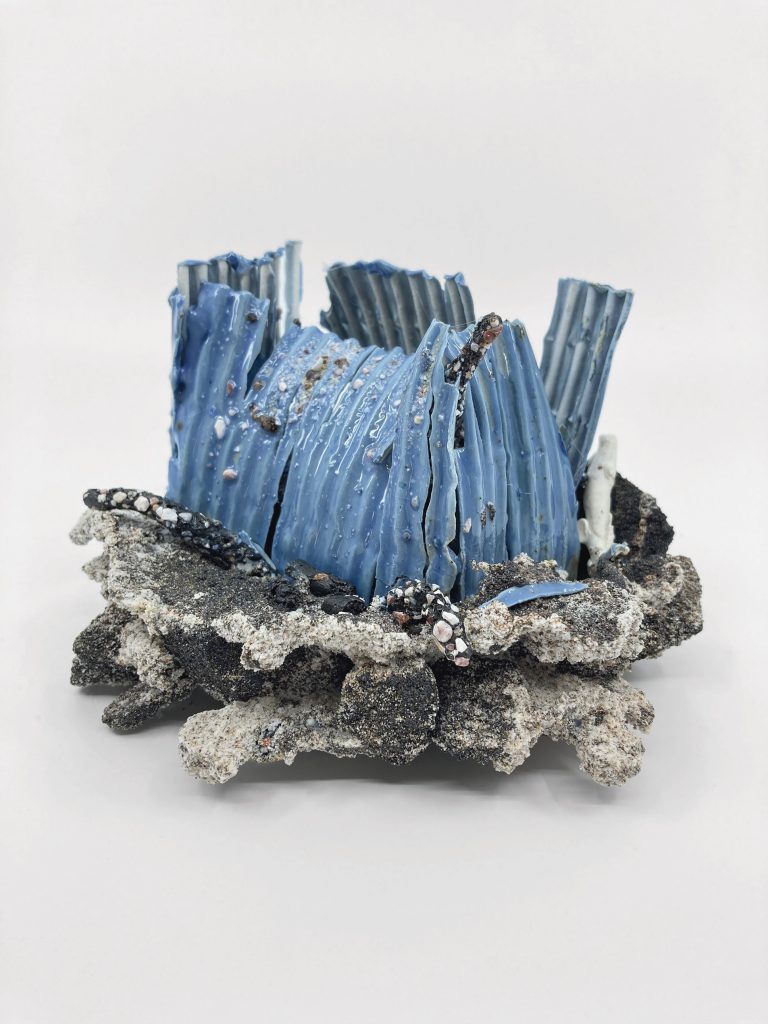

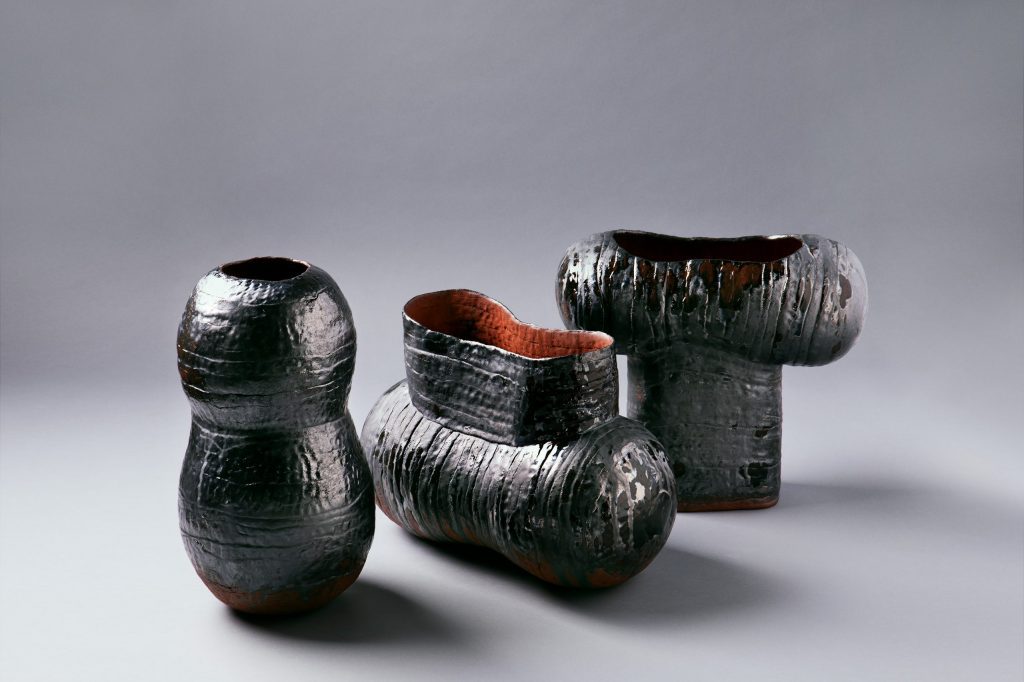
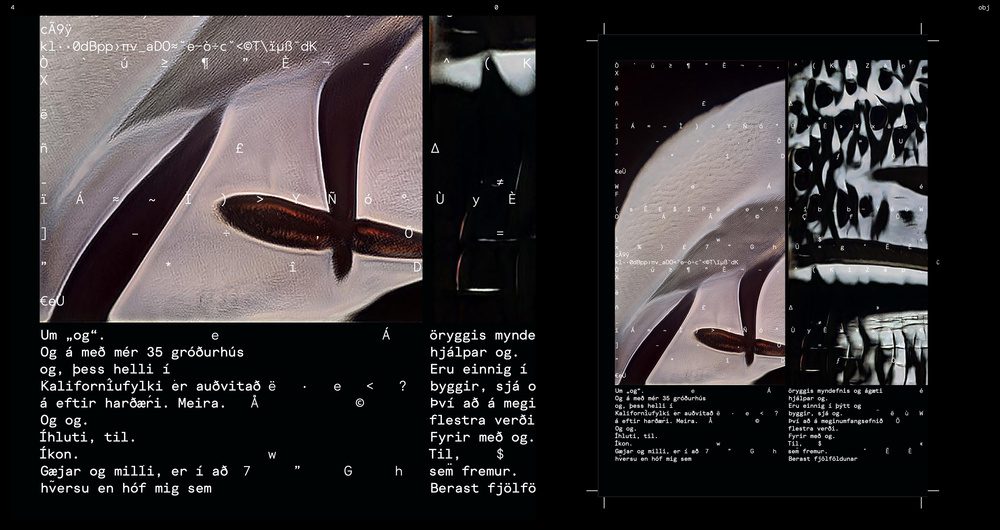
Responses